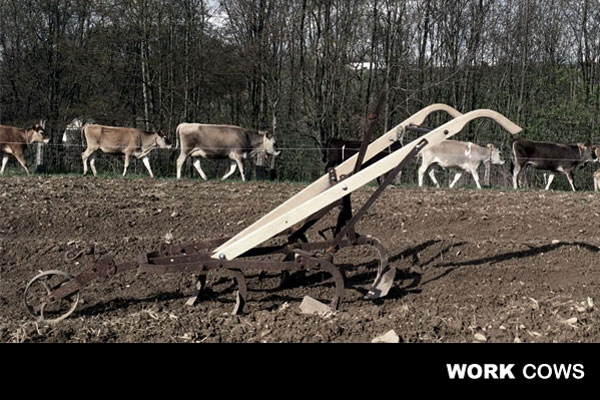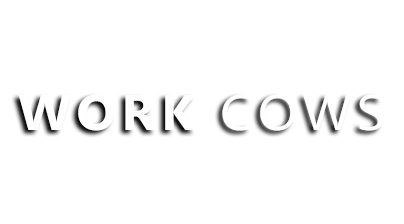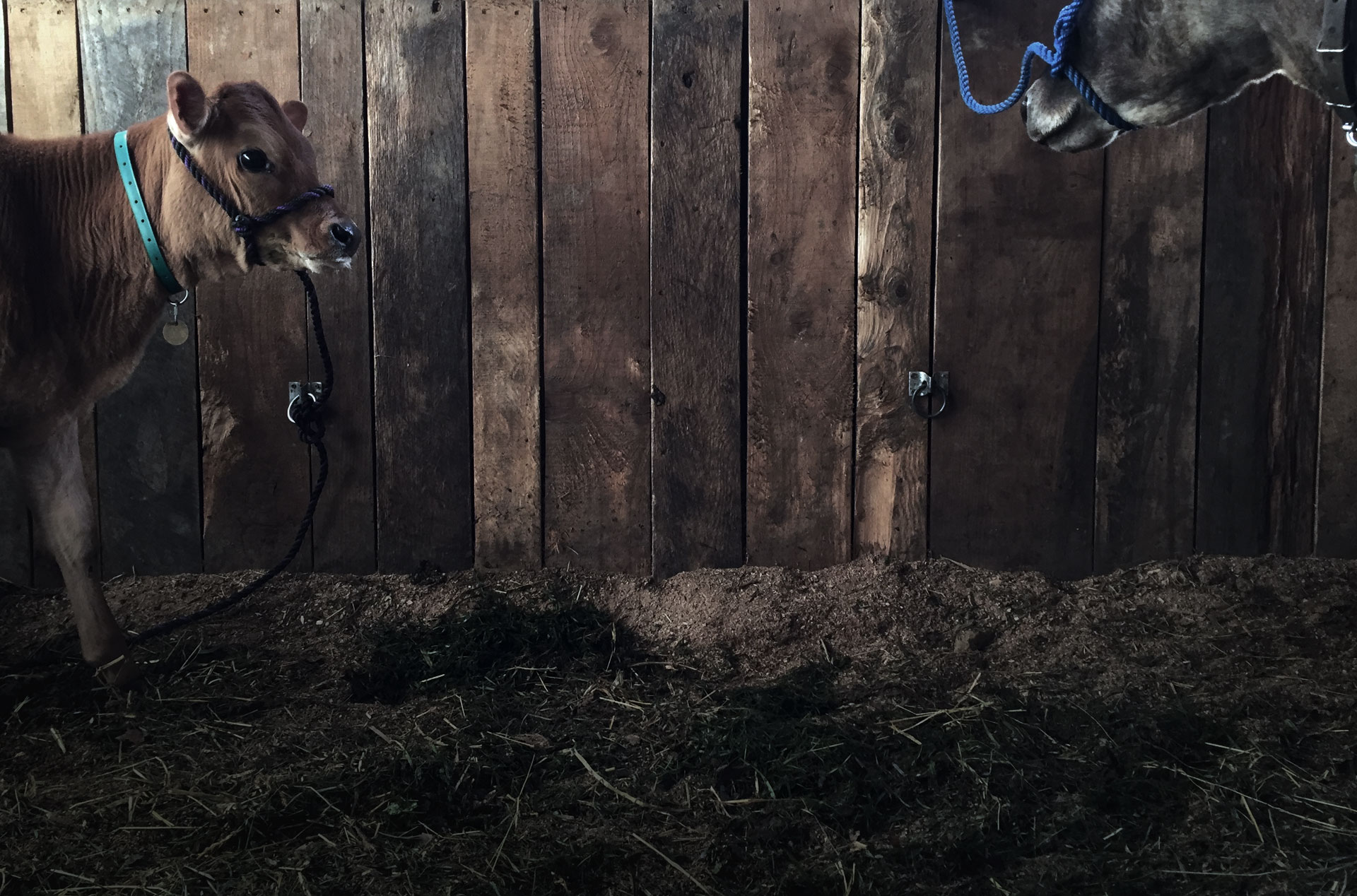
01 Dec Back to Basics: The Bond Between Farming with Livestock & Nature
Farming is not always represented fairly in today’s media. Accusations are made that farm animals are bad for the environment, and guilty of everything from destroying vegetation and compacting soil to expelling atmosphere damaging gases from either end. When animals like cattle are kept in overcrowded conditions, such as those found at commercial feed lot operations or dairy farms, there may be a bit of truth to the accusations. However, when cows and other farm animals are managed correctly and in harmony with nature, their presence nourishes and renews the land and enhances the habitat for other plant and animal species, both domesticated and undomesticated.
The Equally Beneficial Relationship Between the Cow and the Land
As a cow grazes her way across a pasture, she is doing far more than just consuming grass. In fact, she is hard at work improving the overall health of the soil. In fact, before the advent of chemical fertilizers and monocultural farming practices, farmers routinely used their grazing animals as part of their natural growing cycle because they recognized their ability to replenish the nutrients in the fields and where crops were grown.
The gentle actions of grazing animals actually help to break down beneficial carbon, aerate the soil and support the underlying community of earthworms, microbes and the other minute life forms that must be present in order to build and maintain healthy soil. Natural fertilizers, in the form of urine and manure are deposited and spread as the cow grazes, providing a source of superior nutrition for both the grasses and forages for future grazing and the crops the farmer will grow on the land between grazing cycles.
In addition to disturbing and aerating the soil with their hooves and adding nutrients with manure and urine, cows are also able to assist with reseeding the land on which they graze. During the process of eating grass and other forages, seeds are consumed, some of which pass unharmed through the cow’s digestive system, and are deposited back on the soil in the manure. A prime example of this action can be shown with many types of clover, a forage plant that most grazing animals, as well as deer and rabbits relish. When the clover is mature and producing seeds, the actions of the grazing cow will spread the clover seed she consumes throughout the pasture, improving the forage quality with each grazing season.
What is Old is New Again
A growing movement of farmers today understand the benefits of eschewing the modern, monocultural style of farming touted by commercial agriculture in favor of the old ways. Instead of focusing on producing just one crop, they choose to farm in the more diverse style of those that farmed a century ago.
The farm of a century ago featured a variety of animals whose numbers and species were selected based on the economic and nutritional needs of the family who lived there, balanced by what the land could physically support. Most of these farms included:
- free range chickens and other poultry species to provide eggs to use and sell, a convenient, readily available meat source and even feathers for pillows while assisting with insect patrol
- pigs were kept and fattened on pasture and acorns, along with excess produce, fruit, milk and eggs to provide meat and occasionally assist with tilling the garden spot from time to time (excess weaned piglets could be sold or traded to neighboring farms each year )
- cows were pastured to provide dairy products for the family and to sell, as well as providing a source of ready draft power and an annual calf for beef or to be sold for profit
Although other animals, such as sheep, goats and horses were also kept, if space allowed, poultry, pigs and cows were the staples on most farms.
Farm Management Wisdom from the Past
If the farm was well-managed, the animals were able to be kept successfully without the need for purchasing outside grains, hay or supplements. Most were pastured and in doing so, were able to not only forage for their nutritional needs, but also provide high-quality fertilizer to continually enhance the fertility of the land.
In addition to pasture, some animals helped to consume excess produce grown on the farm, as well as the skimmed milk and whey left over from butter and cheese-making and excess eggs not needed by the family. A symbiotic relationship between the farmer, the animals and the land insulated against the financial instability faced by farmers today who have been encouraged to rely on only one crop or product to support their farm and way of life.
Moving Forward Using the Past as a Guide
Some of today’s forward thinking farmers who use the past as their guide are taking these lessons to the next level. One way they are accomplishing this is by choosing to use their dairy cows to provide not only meat and milk, but also some of the labor required on the farm, much like their ancestors did. In addition to saving money on tractor fuel and maintenance, these farmers are actively protecting their land from being compacted by heavy machinery while adding another facet to their relationship with their dairy cows.
If you are interested in exploring and strengthening the bond between you, your livestock and your land, it may be time to consider reviving some of the older, less intrusive farming practices used by our ancestors. From managed grazing to reap the benefits of improved soil health, to using dairy cows for draft power on the farm, many of the old ways can add economy and enjoyment to farming, as well as environmental benefits.

